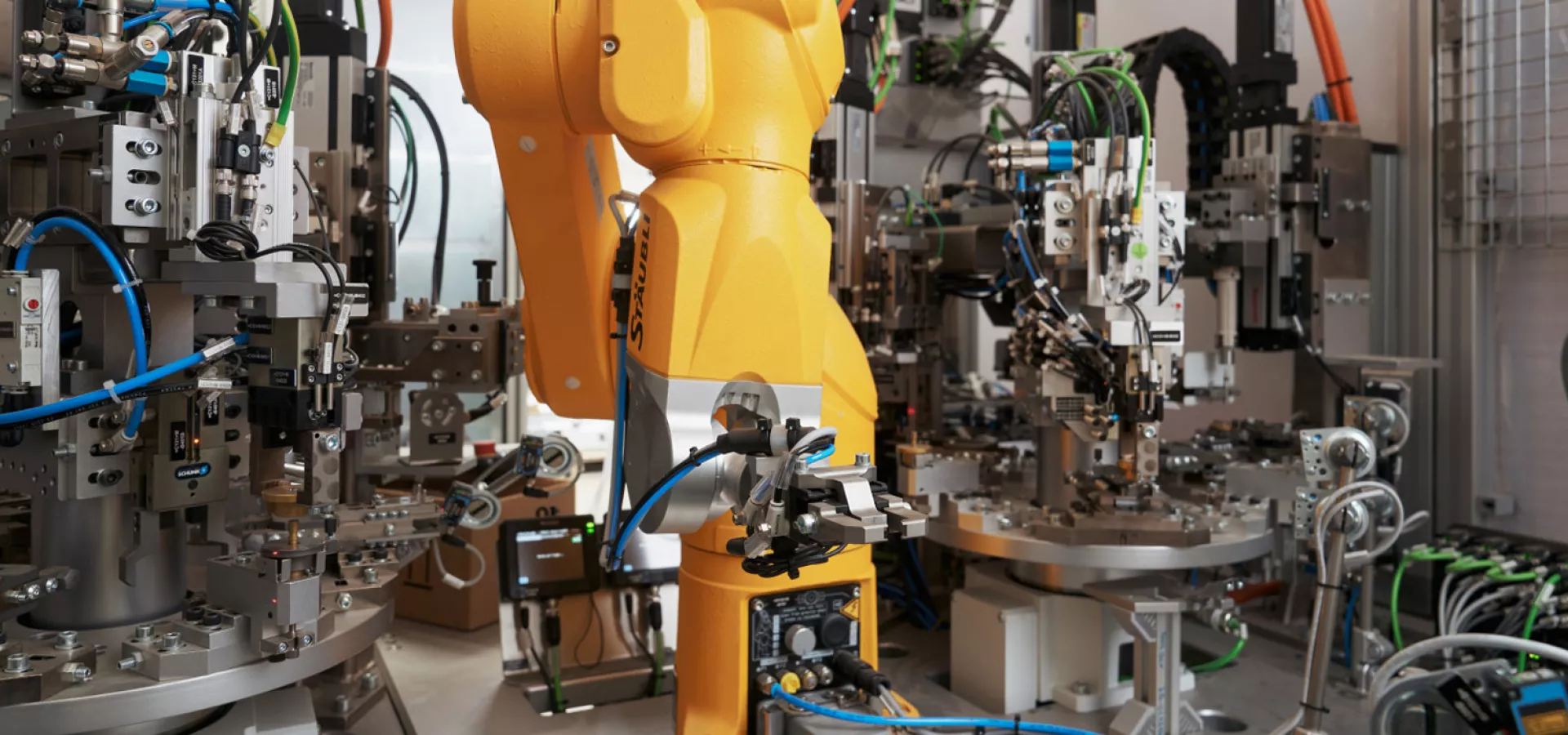
Thermal transfer - durable thermal printing process
Thermal transfer is a thermal printing process in which printing results are achieved by applying heat to specific points. Alternative names are TTO (thermal transfer overprinter) or thermal transfer printing. The basic principle of thermal transfer printing is easy to explain: There is a thermal print head on which small heating resistors are arranged like on a comb. Accordingly, the thermal print head is often referred to as a thermal comb. In thermal transfer, an ink film is positioned between the object to be printed and the thermal print head. This is provided with special ink layers. At the points where ink is to be transferred from the coated film to the object to be printed, the heating elements in the thermal print head are now activated. This initiates a melting process on the film so that the ink is released from the film and transferred to the object to be printed. Multicolor printing results are possible, whereby in this context either several print heads must be used or the individual colors must be applied one after the other.
What are the advantages of thermal transfer printing?
Compared to other thermal printing processes, thermal transfer printing offers some advantages. Usually, the print results from direct thermal printing are particularly sensitive to light and temperature. This means that they can fade over time or become completely illegible. It is possible to achieve longer-lasting print results by applying a special protective layer to the paper or selecting a special thermal paper, but this is associated with higher costs.
With thermal transfer, the printing results are permanent from the outset. In addition, the object to be printed does not necessarily have to be made of paper. Theoretically, printing on many different (3D) objects is possible with thermal transfer. For this reason, thermal transfer is mainly used when, for example, serial numbers are to be applied to certain components that are to be permanently durable. A corresponding thermal transfer printer can also be programmed individually and always run new results. Thanks to the high resolutions of up to 600 dpi and more, even photos can be printed using thermal transfer. Moreover, this is a particularly cost-saving printing process because only very small quantities of ribbon are required. One disadvantage, however, is that the printouts remain legible on the thermal transfer ribbon used. This can lead to complications in terms of data protection.

Where is thermal transfer used?
Thermal transfer or thermal transfer printing processes are widely used today. Just like inkjet or thermal inkjet, thermal transfer is used to individualize bank cards. In addition, the process is used in connection with permanent labels and serial numbers or when printing photographs. To make the most of the potential versatility of thermal transfer, the corresponding machine equipment is often part of larger industrial robots. This means that even three-dimensional objects can be printed accordingly during production.


